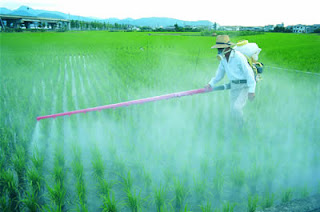Modern homeopathy, the treatment of disease using like to affect like, grew out of the work of German physician Samuel Hahnemann. The original definition involved the neutralization of a disease by the introduction of a corresponding pattern in a phase or mode that neutralizes it. However, it is also possible to introduce a new pattern or strengthen an existing pattern by using a phase or mode of that pattern which reinforces it.
The modes or phases of homeopathic medicines are determined by serial dilution and potentiating, commonly using water as the medium. Other hydrogen-bonding media such as alcohol, vegetable oil or milk sugar are also used. In general, anything that hydrogen-bonds, has a memory for patterns.
These dilutions are called “homeopathic potencies.” The pioneering work of Lily Kolisko and Jean Benveniste shows that each successive potentiating step introduces a phase or mode change in the pattern. If we think of these patterns in the simplest two-dimensional fashion, we can represent them as waves.
Each farm (as well as any company, grocery shop, super market or hospital) has its own unique blend of information fields. We have found that homeopathic potencies work well in achieving a higher blend and better balance, as well as supplying missing components so as to achieve the optimum health for that farm. We rarely use the lowest potencies because their patterns are too cluttered up with the substances from which they are derived, and the phase relationships aren’t clearly separated. Results are therefore uncertain and tend to be overwhelming. Raw substances may also be toxic. But many toxic substances, such as arsenic — which is harmful in a coarse, substantial way — can be desirable at the appropriate potency in a fine, homeopathic form.
Webster’s defines reagent as a substance used in preparing a product or in developing photographs. In informational circles this definition is extended to indicate not so much the substance itself as its pattern of information. Every substance from the most rudimentary hydrogen atom on up has its pattern or signature, as with hydrogen’s emission and absorption spectra. Thus, “reagent” in this context means the pattern used in creating an effect rather than the substance used in preparing a product. Some examples are colors, sounds, symbolic circular patterns, homeopathic remedies and written intents. Water is renowned for its ability to carry such patterns, so it often is used as the medium in making reagents. However, it is the pattern, not the water, which is actually the reagent.










